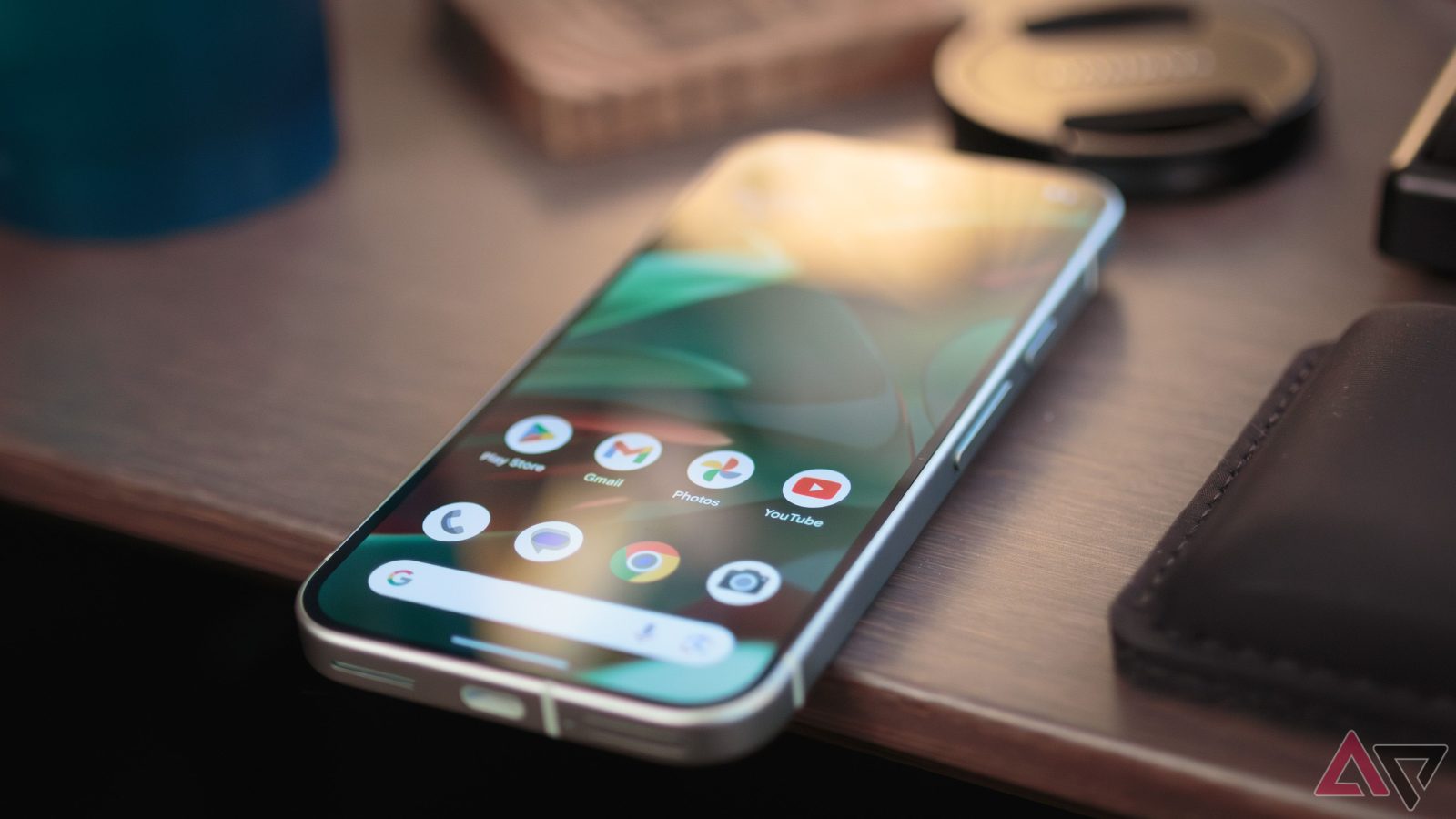With spam calls outnumbering actual calls, they have become one of the biggest nuisances for smartphone users. Phone anxiety has assumed a new form, where I dread yet another call from a scammer. To its credit, Android has been improving its defenses against pesky calls. The situation is better if you have a Google Pixel phone since you get features like Call Screen and Scam Detection. Despite these improvements, a few spam calls continue to slip through the cracks. Are Android’s spam call detection tools finally good enough, or must we rely on third-party solutions?
Related
The growing problem of spam calls
Scammers keep finding new ways to bypass spam detection
Spam calls have evolved beyond simple robocalls. They now include phishing schemes, number spoofing, and eerily human-sounding AI voice calls. The Federal Trade Commission (FTC) received 1.1 million consumer complaints about robocalls in 2024. While the number is slightly lower than the stats from 2023, which was 1.2 million, it’s still quite concerning. According to reports, billions of spam calls are made each month worldwide. Such fraudulent schemes cost victims millions.
Although spam call detection has improved, scammers find new ways to bypass filters. The rise of number spoofing and AI-driven scam calls make it difficult to identify legitimate calls. The spam call problem is growing worse than ever, with users reporting receiving multiple spam calls each day.
Google offers built-in call protection features
But they’re still not perfect
Your phone’s default dialer app has robust spam filtering features. For instance, the Google Phone app includes the following:
- Caller ID and spam protection: It identifies businesses and spam numbers and displays the info before you answer the call. The feature is active by default on most Android devices.
- Filter spam calls: It stops suspected spam calls from disturbing you.
- Call Blocking: You can manually block specific numbers to filter out unwanted calls.
Although the built-in tools are handy, they may not work perfectly. Google’s spam filters can become overly aggressive, blocking calls from numbers not saved in your contacts. For instance, it may incorrectly flag legitimate calls. I get missed calls from Amazon delivery executives after turning on the Filter spam calls feature. Despite its oversensitive filters, some spam calls still get through.
The Pixel has excellent spam detection
But some features aren’t available in many regions
The Pixel offers one of Android’s most reliable spam detection systems thanks to its exclusive Call Screen feature. With this, Google Assistant screens unknown calls and asks them the reason for the call. You will see the conversation transcript and can answer the call or hang up. Although this feature filters spam calls, you may miss calls from people who hang up on hearing the Call Screen message.
Automatic call screening is available for all Pixel phones in the US. You can screen calls manually on Pixel phones in Australia, Canada, France, Germany, Ireland, Italy, Japan, Spain, the UK, and the US. It’s annoying that you won’t have the feature on your Pixel phone if you live in regions without Call Screen support.
Are carriers doing enough?
Their spam call filtering is far from perfect
Several mobile carriers offer their own tools to fight spam. Popular carriers have apps like T-Mobile Scam Shield, AT&T ActiveArmor, and Call Filter to block spam calls at the network level. The downside is that some services require a paid subscription for advanced filtering, sending calls to voicemail, and caller ID. They also struggle with international spam calls, which often avoid detection due to weak regulations in certain countries.
Related
Are third-party apps the solution?
There are some privacy concerns though
Many turn to third-party call-blocking apps like Truecaller, Hiya, and RoboKiller because Android’s built-in protections aren’t foolproof. These apps have large databases of known spam numbers, offer AI-powered filtering, and use community reporting to improve accuracy. However, not all third-party apps are to be trusted. Many ask for access to call logs and contacts, raising privacy and data security concerns.
How can we combat spam calls?
Stay updated on the latest scam tactics
While Google and carriers are developing better filters, spammers continue to evolve. The situation is getting even more complicated with the rise of AI-generated robocalls and deepfake voice scams. Until Android’s spam call detection becomes truly airtight, here are some ways to protect yourself:
- Turn on Call Screen: If you have a Pixel phone that supports Call Screen, you can filter unknown calls.
- Manually block spam numbers: Although it won’t stop all spam calls, blocking known numbers can reduce their frequency.
- Register on the National Do Not Call Registry: In the US, you can register your number on the National Do Not Call Registry to opt out of telemarketing calls.
- Report spam calls: You can report spam calls to Google or your carrier to help improve spam detection databases.
- Stay informed about new scams: Stay updated on the latest tactics and avoid engaging with suspicious callers.
Is Android doing enough to stop scam calls?
Android’s spam call detection has come a long way but is still not the best. Many users still find themselves dealing with unwanted calls despite Google’s efforts. While the spam call filter and Pixel-exclusive Call Screen are helpful tools, they work best with carrier protection.
Until spam call detection becomes airtight, it remains a game of cat and mouse between scammers and technology providers. While the tools are improving, they still do not fully resolve the issue. Android must refine its spam detection algorithms, leverage AI more effectively, and encourage better carrier collaboration to stay ahead of increasingly sophisticated scammers.

Leave a Reply